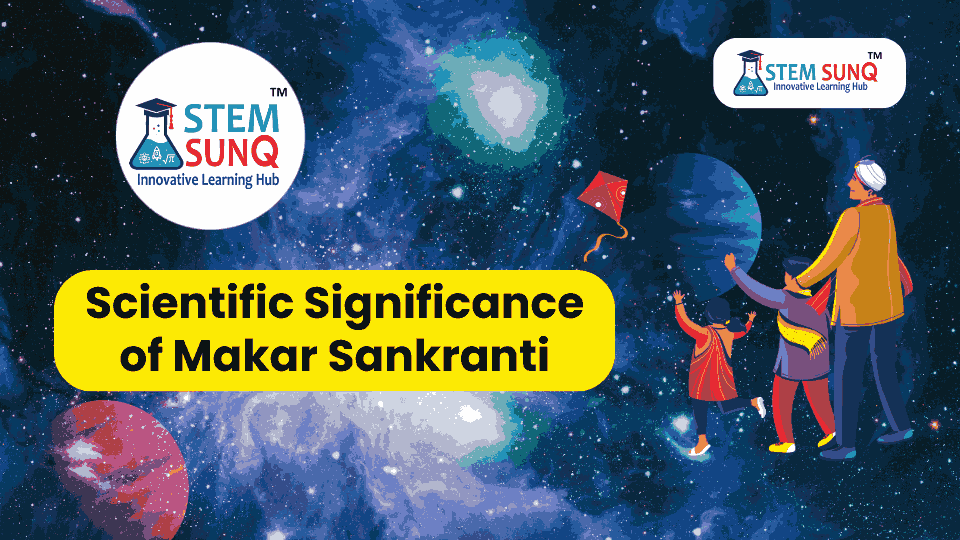
Table of Contents
A colorful and popular festival celebrated all over India, Makar Sankranti is particularly special to millions of people. It signifies the end of winter and the beginning of longer days as the sun enters the sign of Capricorn. Beyond its traditional celebrations, Do you know the scientific significance of Makar Sankranti? That gives an interesting touch to its celebration and has a complex connection to the cycles of nature.
Also, read: Wonderful activities for students to do on Diwali festival
Why Celebrate Makar Sankranti
Makar Sankranti, often known as the “festival of the sun,” is a time for celebration and gratitude. The arrival of warmer weather and the start of harvest season is promised as the sun sets on its journey around the northern hemisphere. It’s a time of communal pleasure and celebration when families gather to thank God for the abundant harvest.
Scientific Significance of Makar Sankranti
Astronomical Precision: Makar Sankranti’s time is mysteriously related to our planet’s cosmic dance. It’s not just a random date on the calendar; it’s tightly tied to the Earth’s axial tilt and orbit around the sun. The seasons change because the Earth’s axis tilts as it orbits the sun. As the festival progresses, it represents more than just a change in seasons; it represents the sun’s journey northward, signaling the arrival of longer days. This astronomical precision increases the scientific significance of Makar Sankranti, stressing the intimate connection between the Earth’s movements and the cycles of life in the northern hemisphere.
Also, check the Layers of Earth DIY MDF Kit for Kids
Solar Transition and Seasonal Dynamics: The celebration marks the change of the seasons and corresponds with the sun’s arrival in the northern hemisphere. The lengthening days have a significant impact on agriculture, affecting crop growth and signaling the start of harvest season.
Harvest Celebrations: Makar Sankranti is a tribute to the richness of the earth. It is a time for celebrating the success of the harvest and giving thanks for the bounty of nature because the longer days during this time of year create ideal conditions for crops.
Kite Flying Physics: Flying kites at Makar Sankranti is both a cultural practice and a practical application of physics. The physics of aerodynamics—lift, drag, and wind currents—come alive in the sky, transforming a basic activity into a vibrant presentation of scientific concepts.
Culinary Wisdom and Nutritional Significance: Traditional Makar Sankranti dishes are not only delicious, but also closely related to the season’s harvest. These foods provide not only cultural complexity but also nutritional benefits consistent with the natural wealth of the moment.
Environmental Harmony: In the spirit of modern awareness, Makar Sankranti must be celebrated with environmental beliefs. Choosing eco-friendly practices during the festivities shows a dedication to environmental protection, ensuring that the celebration aligns with nature’s delicate balance.
Conclusion
Makar Sankranti, with its mix of tradition and scientific significance, encourages us to include the wonders of the universe in our daily celebrations. As we gather to fly kites, eat traditional delicious foods, and show thanks for the harvest, let us not only celebrate our cultural heritage but also wonder at the precise scientific dance that makes Makar Sankranti such a unique and joyful festival.
Share this blog post with friends or someone, who needs to know this.






